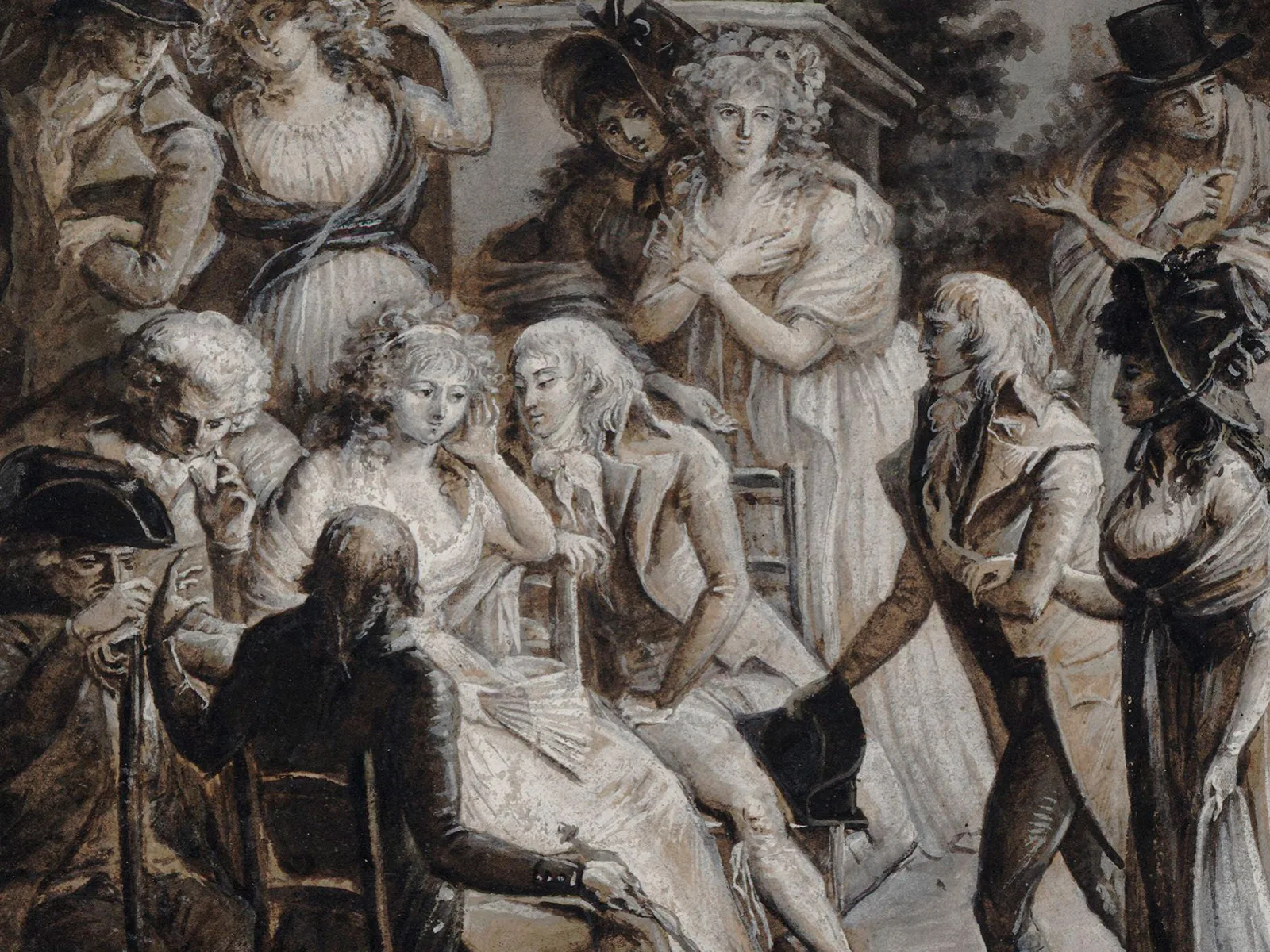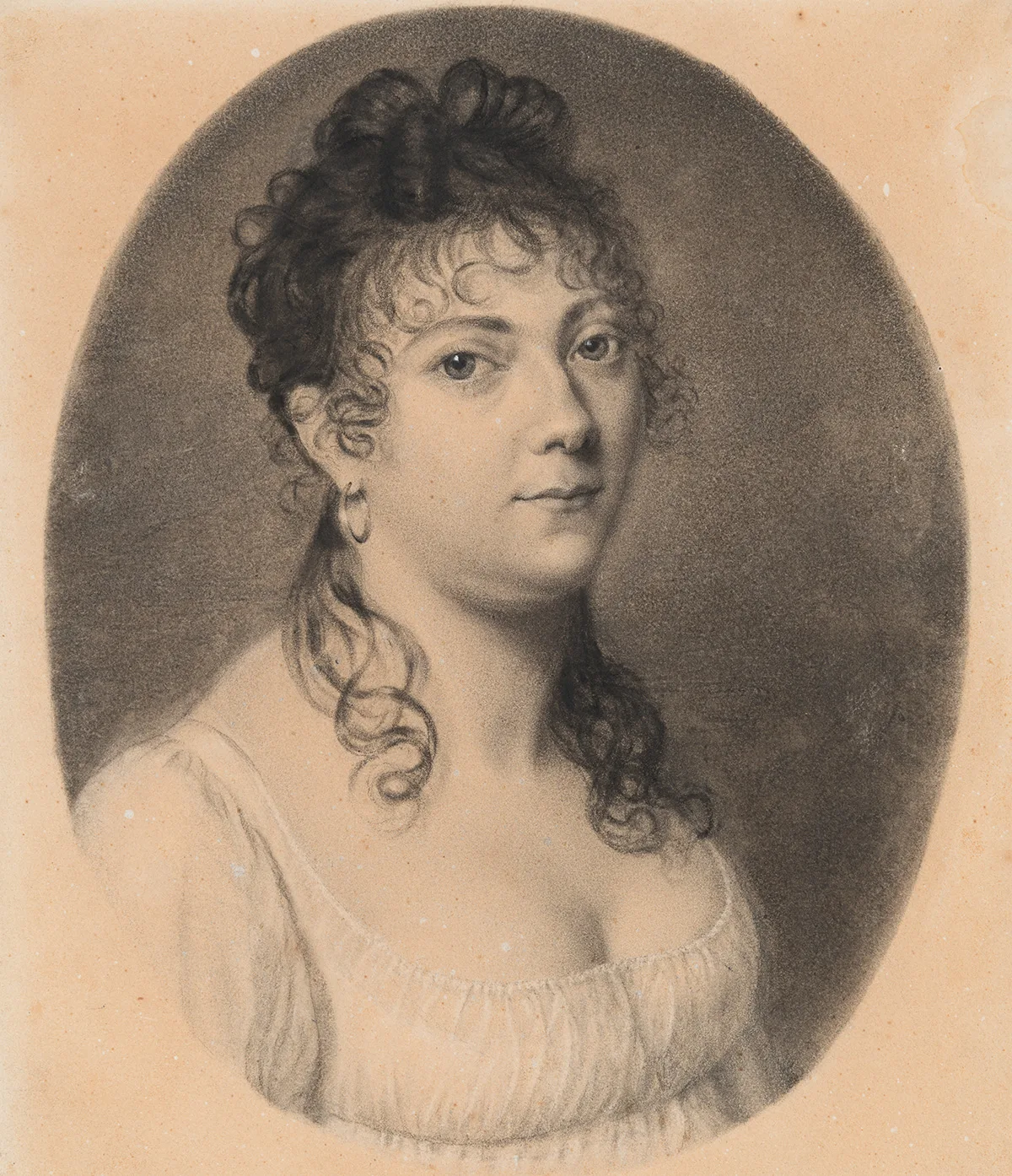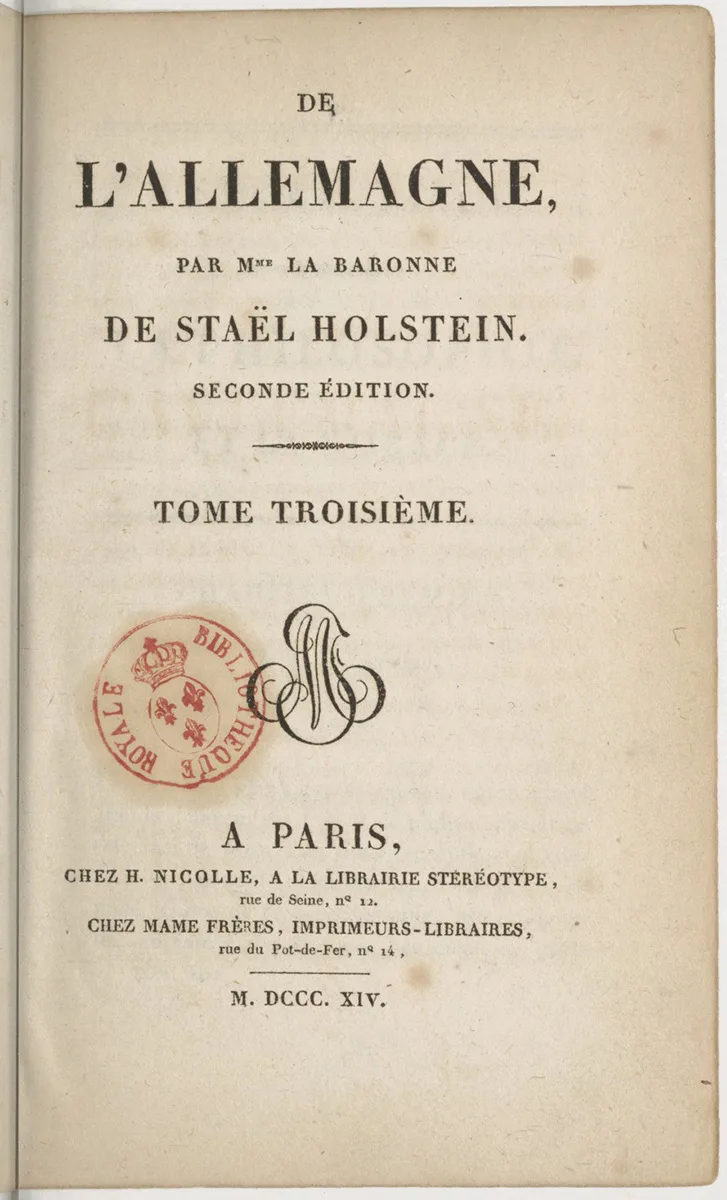
Madame de Staël – Enemy of Napoleon
Germaine de Staël was a Swiss author and thinker during the French Revolution. Even Napoleon feared the strong and well-connected personality and banished her from Paris.
Early Life

There were three great powers struggling against Napoleon for the soul of Europe — England, Russia, and Madame de Staël.
French Revolution and Napoleon


The greatest happiness is to transform one's feelings into action.
Second Exile and Legacy





